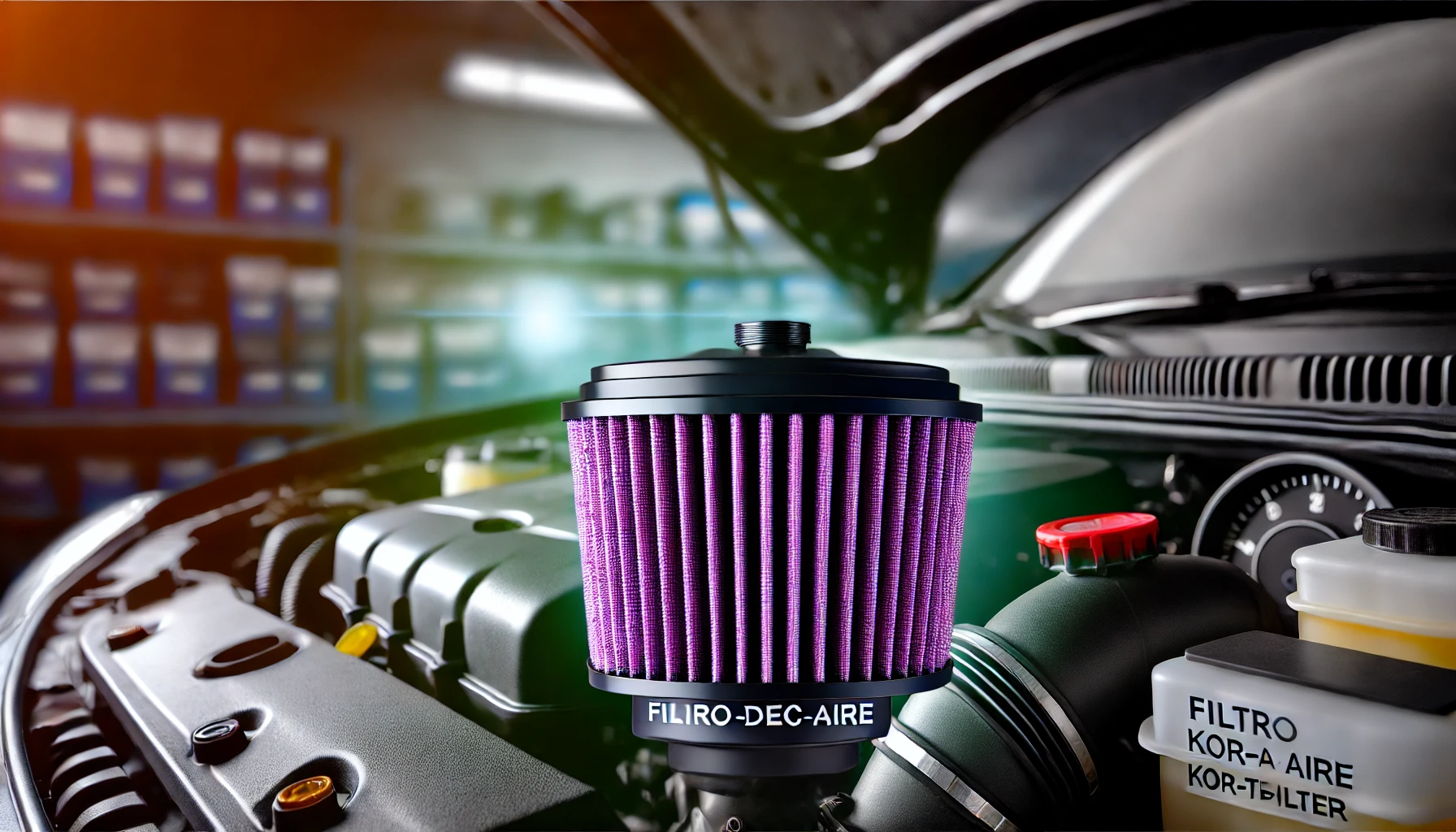When it comes to understanding the inner workings of your vehicle’s transmission, the ZF 6HP Generation 2 solenoid diagram is an essential piece of the puzzle. Whether you’re a seasoned mechanic or a curious car enthusiast, grasping this concept can save you time, money, and a lot of frustration. Let’s dive into the intricacies of this system, with a sprinkle of humor and a positive tone to keep things engaging.
Introduction
Imagine your car’s transmission as a well-choreographed dance performance, where every move counts. The ZF 6HP transmission series is like the prima ballerina in this dance, known for its precision and reliability. But, just like any performance, it relies on a backstage crew—the solenoids—to ensure everything runs smoothly.
Understanding the ZF 6HP Generation 2 solenoid diagram is like getting a backstage pass to this performance. It allows you to diagnose issues, perform repairs, and keep your vehicle running like a well-oiled machine. Trust me, this knowledge is as empowering as knowing the secret recipe to your favorite dish!
Understanding the ZF 6HP Generation 2 Solenoid System
Let’s start with the basics. A solenoid in a transmission is like a tiny, hardworking gatekeeper. It controls the flow of transmission fluid, which is crucial for gear shifts. Think of it as the transmission’s version of a bouncer at a club—deciding who gets in and who stays out, ensuring everything operates smoothly.
The ZF 6HP transmission didn’t just appear out of nowhere; it evolved over time. The Generation 2 version is a significant upgrade, offering better performance and reliability. It’s like upgrading from a flip phone to the latest smartphone—more power, more control, and a lot more fun!
The ZF 6HP Generation 2 Solenoid Diagram
The layout of the ZF 6HP Generation 2 solenoid system is akin to the seating chart of an elite event—each solenoid has its designated spot, and every position matters. The diagram shows you exactly where each solenoid is located, making it easier to pinpoint issues and understand how the system functions as a whole.
Key Components in the Diagram
- Shift Solenoids: These are the stars of the show, responsible for controlling gear changes. If your car isn’t shifting smoothly, these might be the culprits.
- Pressure Control Solenoids: Think of these as the conductors, regulating the pressure in the transmission to ensure everything operates in harmony.
- Torque Converter Clutch (TCC) Solenoid: This one’s the director, controlling the lock-up of the torque converter, which helps improve fuel efficiency and smooth out your ride.
How the Solenoid Diagram Assists in Diagnostics
With the solenoid diagram in hand, you’re like a detective solving a mystery. Common issues like harsh shifting or slipping gears can often be traced back to the solenoids. The diagram helps you identify which solenoid might be misbehaving, saving you from unnecessary guesswork.
Interpreting the ZF 6HP Generation 2 solenoid diagram might seem daunting at first, but it’s simpler than deciphering a cryptic text message. Follow the lines, understand the connections, and soon you’ll be reading the diagram like a pro, ready to tackle any transmission trouble that comes your way.
Practical Application: Troubleshooting with the Solenoid Diagram
Case Study: Diagnosing a Shift Issue
Let’s say your vehicle isn’t shifting as it should. Using the solenoid diagram, you can zero in on the potential problem areas. For instance, if the shift solenoid isn’t functioning correctly, the diagram will guide you straight to the culprit, much like a GPS leading you to your destination without unnecessary detours.
Tips for Effective Diagnostics
- Start Simple: Always begin with the basics—check the connections and wiring before diving deeper.
- Use the Diagram: Don’t just glance at the diagram—study it. It’s your map to solving the problem.
- Stay Calm: Transmission issues can be stressful, but with the solenoid diagram, you have a reliable guide to help you through.
Maintenance and Repair Considerations
Just like you wouldn’t skip your regular health check-ups, your transmission’s solenoids need regular inspections. By keeping an eye on them, you can catch issues before they become full-blown problems, ensuring your vehicle stays in top shape.
Sure, you can DIY some repairs with the help of the solenoid diagram, but sometimes it’s best to leave it to the pros. If you’re not confident, seek help from a professional mechanic. They can use the solenoid diagram to diagnose and fix the problem efficiently.
Conclusion
In the grand scheme of things, understanding the ZF 6HP Generation 2 solenoid diagram is your ticket to mastering your vehicle’s transmission. From identifying issues to performing repairs, this knowledge is invaluable.
So, the next time your car’s transmission gives you trouble, don’t panic. With the ZF 6HP Generation 2 solenoid diagram in hand, you’re well-equipped to handle whatever comes your way. Consider it your secret weapon in the quest for a smooth and reliable driving experience.
Common Questions About ZF 6HP Solenoids
What exactly does a solenoid do in a transmission?
A solenoid controls the flow of transmission fluid, which is crucial for smooth gear shifts.
Can I repair a faulty solenoid myself?
It depends on your skill level. Simple issues might be DIY-friendly, but complex problems are best left to professionals.
How often should I inspect my transmission solenoids?
Regular inspections during routine maintenance checks are recommended to prevent major issues.
Read also>> Denso 447220-4771: A Reliable A/C Compressor for Your Vehicle





